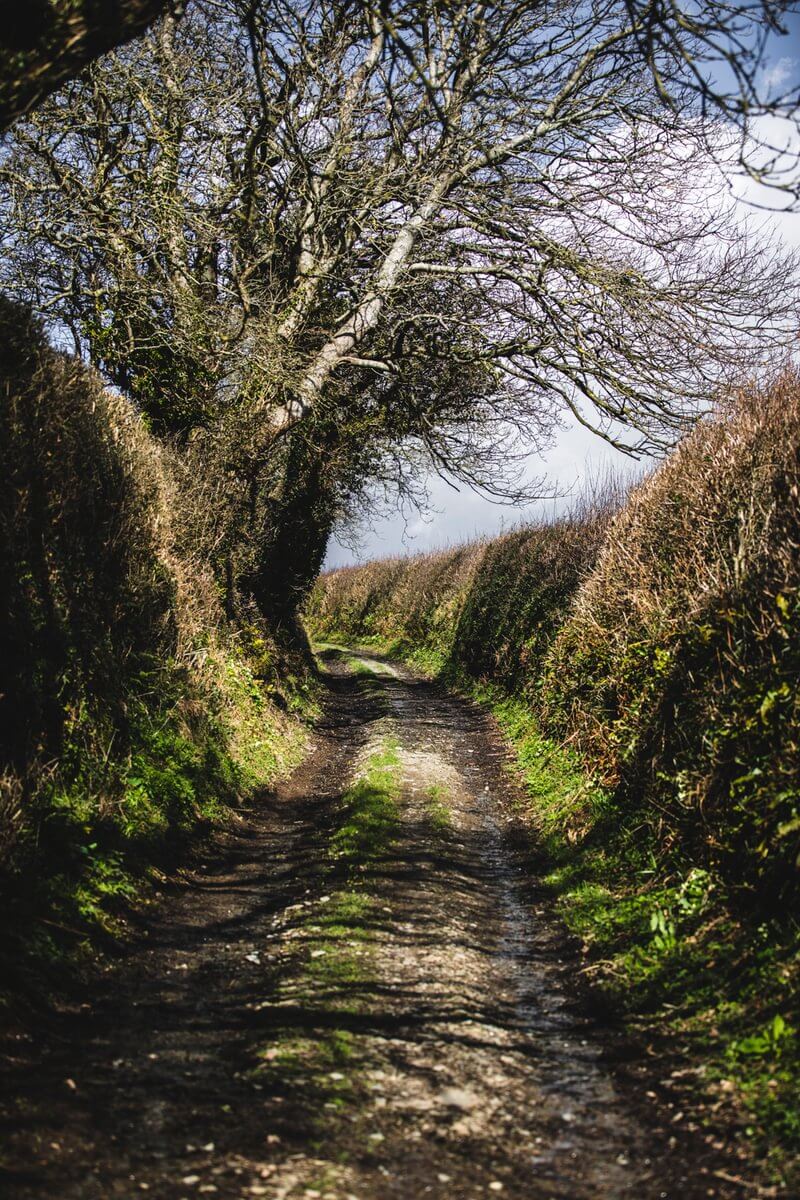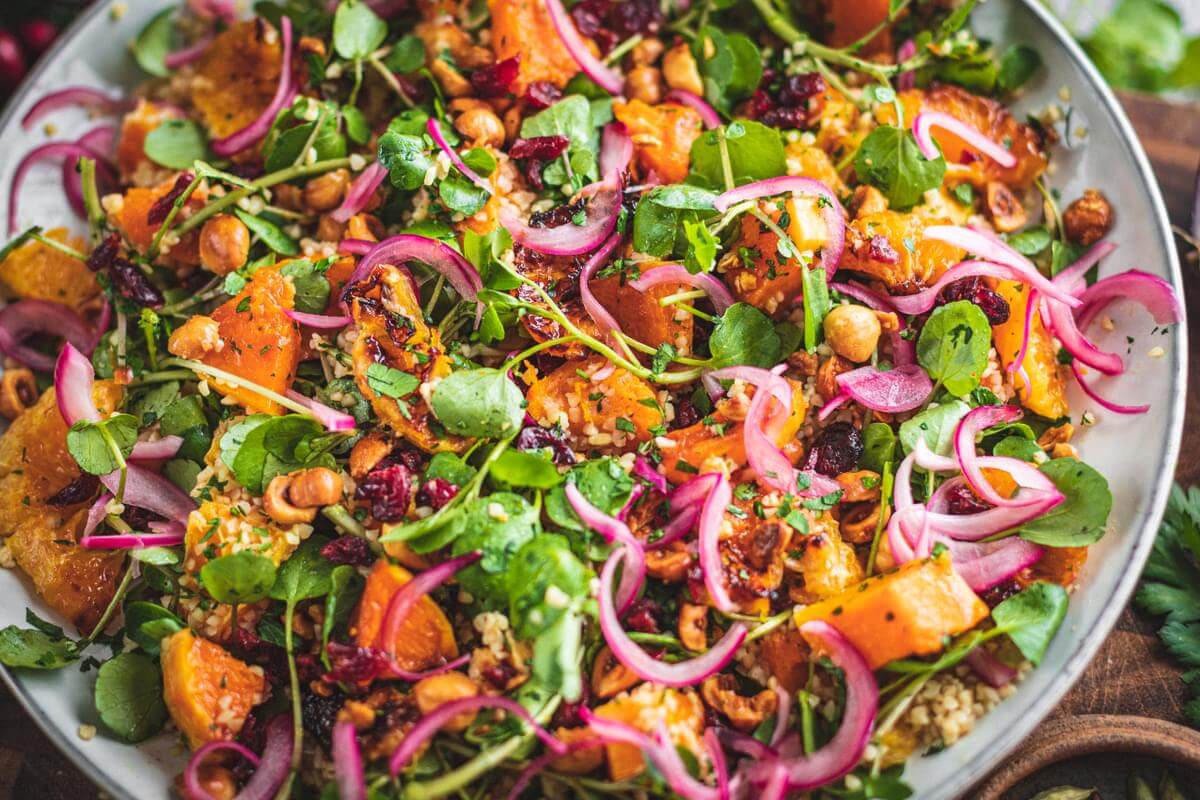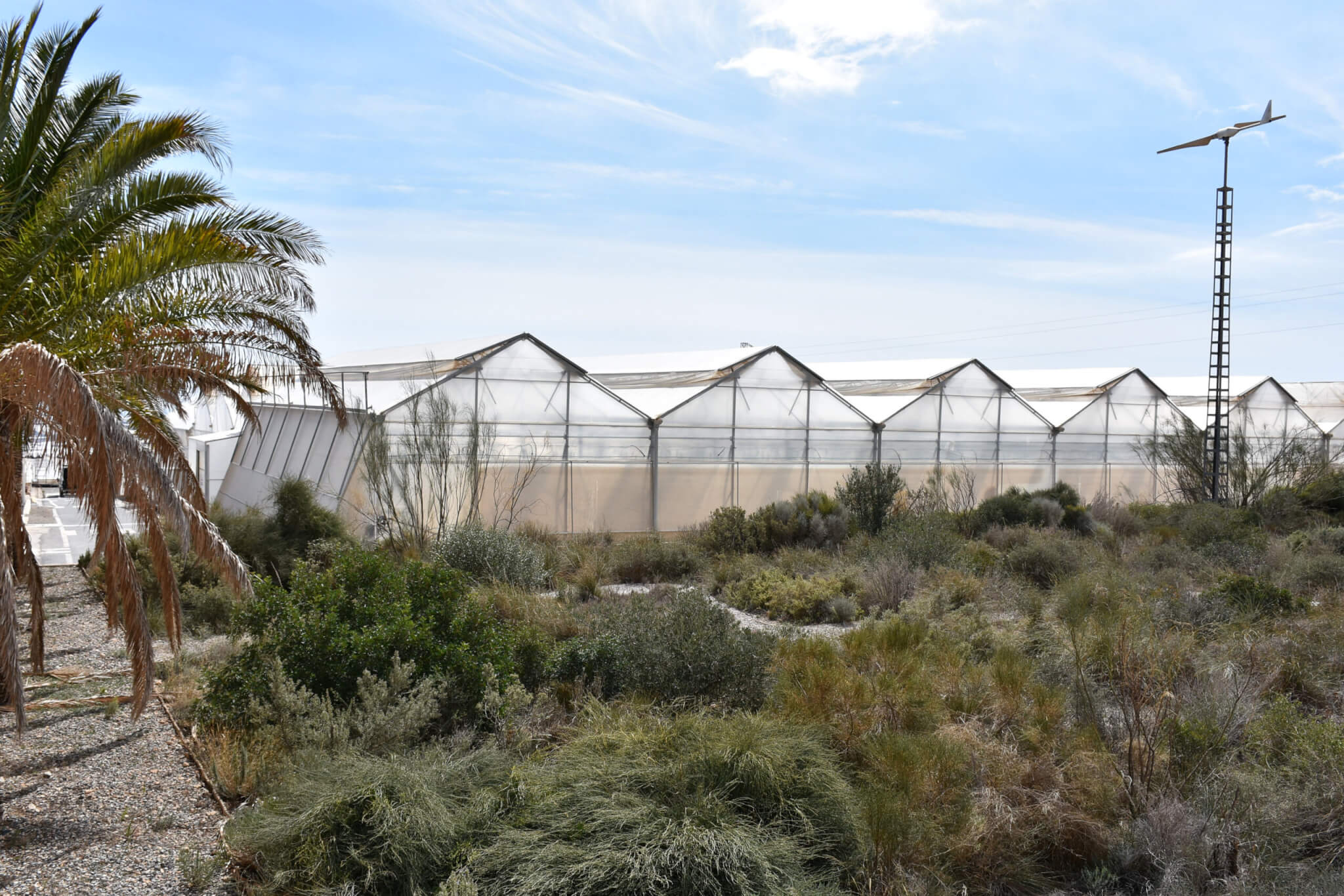In the best woods, a flexible, nimble-fingered picker can forage 50kg of ramsons (the local name for wild garlic) a day. It will be available until late April when the leaves open above and shade it out. Ramsons share their shady habitat with the toxic weeds Dog’s Mercury and Lords-and-ladies and the leaves are painstakingly re-sorted in the packhouse for safety. Even so, please discard any suspect leaves that may escape our double vigilance.
Foraging is expensive, hard to manage and introduces risk and unpredictability, which stresses our technical team and sometimes leads to late finishes as teams sort a contaminated crop. If we could grow the stuff in a field under controlled conditions we probably would, but after years of experimenting, I’ve conceded that its requirements for shade and soil type are too subtle for my clumsy agronomic efforts to simulate. I’ve collected seed and spread it in newly-planted woods, but it typically takes six years to establish and I suspect it will take a century of leaf drop to create the humus-rich soil that supports the best crops.
Occasionally I get chastised in the pub for “raping the woods for commercial gain”, to which I robustly counter that this is some of the most sustainable food we could eat. Indeed, it represents a model we should emulate and learn from rather than denigrate.
There is a debate raging in policy circles over whether our farming should “spare or share”; the former would have us intensify and use every input in an attempt to increase yield and supposedly therefore spare land for nature. In the most extreme cases, nature is removed completely with food produced in a factory under lights.
Sharing agriculture aspires to accommodate nature on the same land that is shared with the crop and includes ideas like agroforestry, permaculture and foraging for ramsons. Sharing is knowledge intensive (something it is hard to profit from selling), and lacks commercial advocates and lobbyists; sparing tends to be supported by reductionist economists, technophiles and companies with inputs to sell.
I know which system I would like my food to come from and I am pretty sure which is better for the planet.












0 Comments